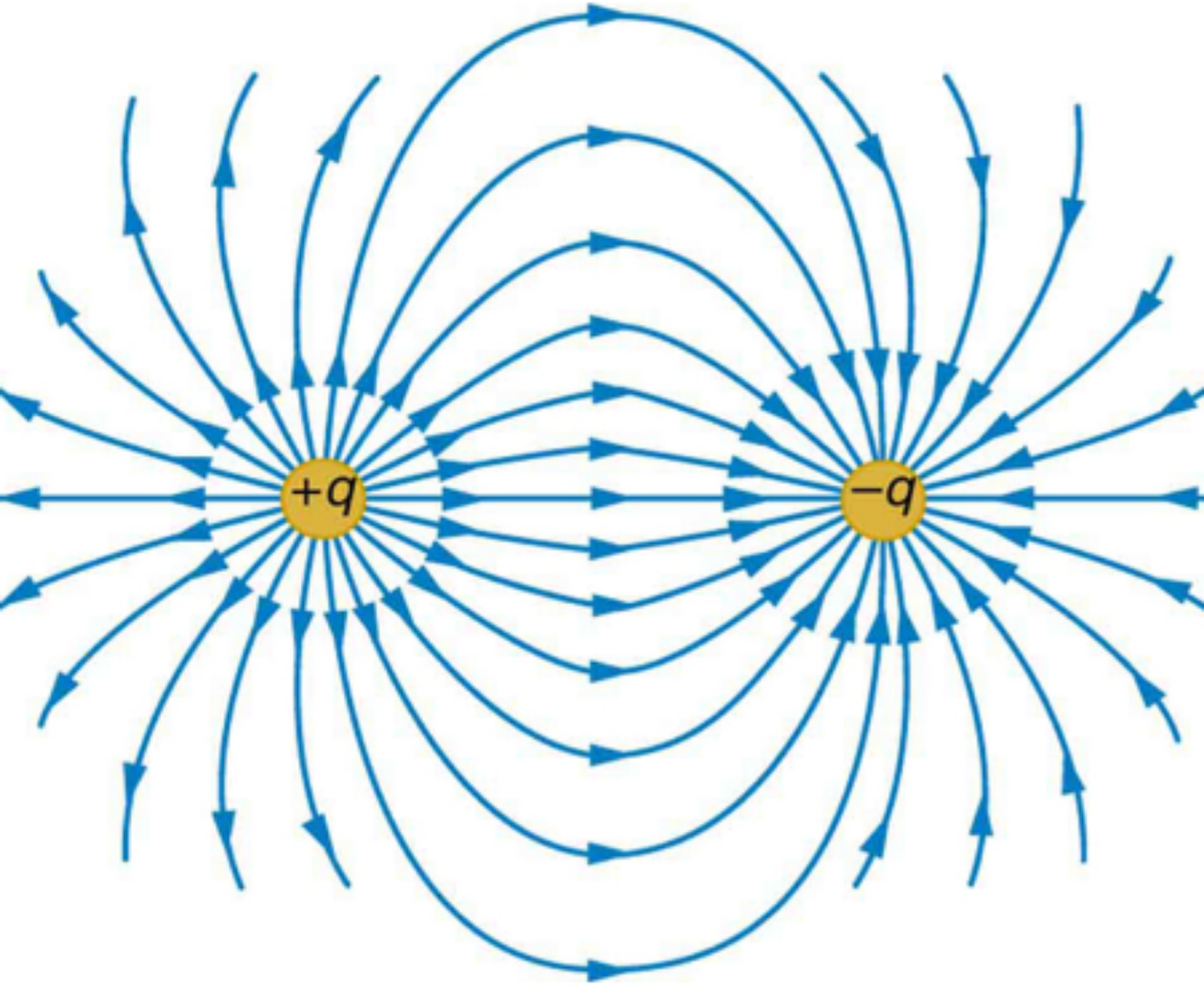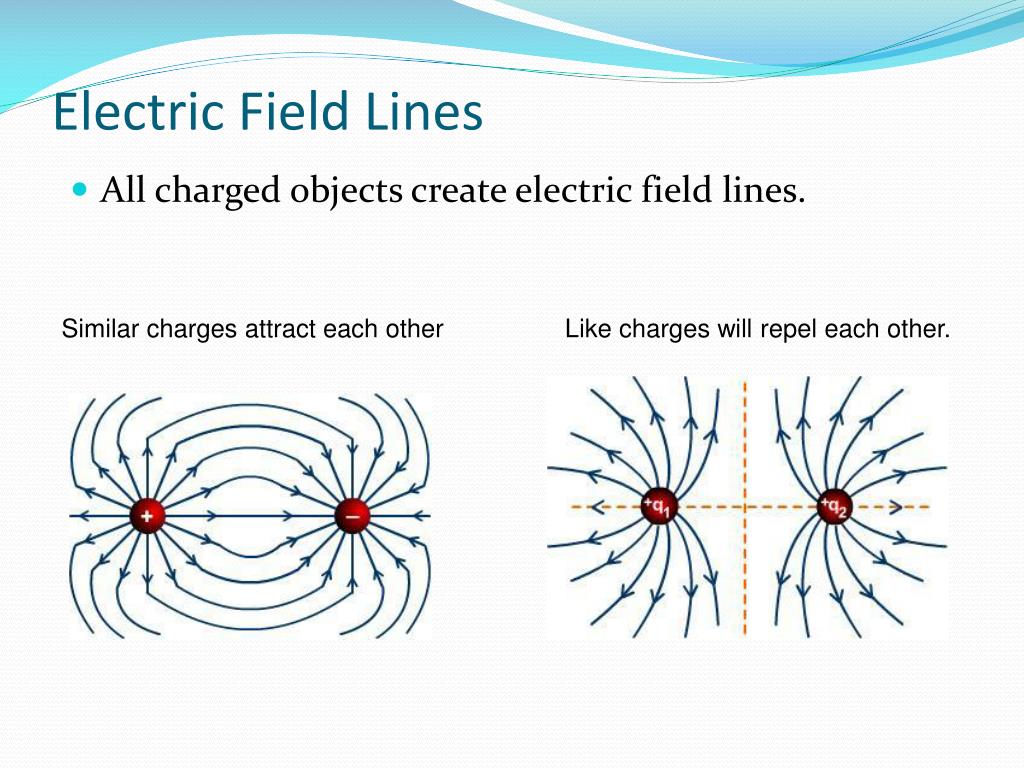


Influence, what's going to happen to that other charge? What's going to be the Place another charge close to this Q, within its sphere of Having two charges, we just have one charge by itself, I could be wrong on some of the details but I'm fairly sure this is an accurate description of what causes lightning and what it really is. The electrons 'flow' in a sense because the air ionizes, lowering the effective resistance, which results in the distinctive lightning bolt (the air being ionized) that you see. The lightning 'strikes' quickly because the potential builds until it reaches the point at which the air around it can ionize but once it reaches this point the large difference in potential energies created by the cloud and Earth accelerates these electrons seemingly instantaneously. These electrons will experience a force from the electric field created by the cloud and Earth that causes them to accelerate towards the positive charge on Earth surface.

As a molecule ionizes it loses electron(s) from its valence shell. This causes the electric field between the underside of the cloud and the surface of Earth to become stronger.Īt a certain point the electric field will grow strong enough to cause the ionization of air to occur. As charge accumulates in the cloud the total difference in electrical potential (voltage) between the cloud and Earth also increases. When there is a difference in charge potential separated by a distance (the negative underside of the cloud located say 1 mile from Earth's surface with a local positive charge) a voltage difference occurs. The net negative charge on the bottom of the cloud will cause Earth's surface beneath the cloud to accumulate a net positive charge (the negative charge at the bottom of the cloud exerts a force towards the earth that repels electrons on Earth's surface causing a local positive charge to accumulate). The top of the cloud will have a net positive charge and the bottom obtains a net negative charge. There will be a charge buildup in the cloud as a result of the evaporation and condensation cycle. You can model a cloud as a half circle with a round uniform top and a flat bottom. Lesser electric ray ( Narcine bancroftii) (credit: National Oceanic and Atmospheric Administration, NOAA’s Fisheries Collection).Lightning is a fairly complex process. (c) How could this charge distribution be of use to the ray? Figure 11. (b) Sketch the equipotentials when the ray is near a ship with a conducting surface. (a) Sketch the equipotential lines surrounding the ray. (c) Sketch electric field and equipotential lines for this scenario.ġ0: The lesser electric ray ( Narcine bancroftii) maintains an incredible charge on its head and a charge equal in magnitude but opposite in sign on its tail ( Figure 11). (a) What is the electric field relative to ground at a height of 3.00 m? (b) Calculate the electric potential at this height.

The potential for a point charge is the same anywhere on an imaginary sphere of radius $latex \boldsymbol $. The term equipotential is also used as a noun, referring to an equipotential line or surface. These are called equipotential lines in two dimensions, or equipotential surfaces in three dimensions. While we use blue arrows to represent the magnitude and direction of the electric field, we use green lines to represent places where the electric potential is constant. Electric field lines radiate out from a positive charge and terminate on negative charges. Consider Figure 1, which shows an isolated positive point charge and its electric field lines. We can represent electric potentials (voltages) pictorially, just as we drew pictures to illustrate electric fields. Compare electric field and equipotential lines.Describe the action of grounding an electrical appliance.Explain equipotential lines and equipotential surfaces.


 0 kommentar(er)
0 kommentar(er)
